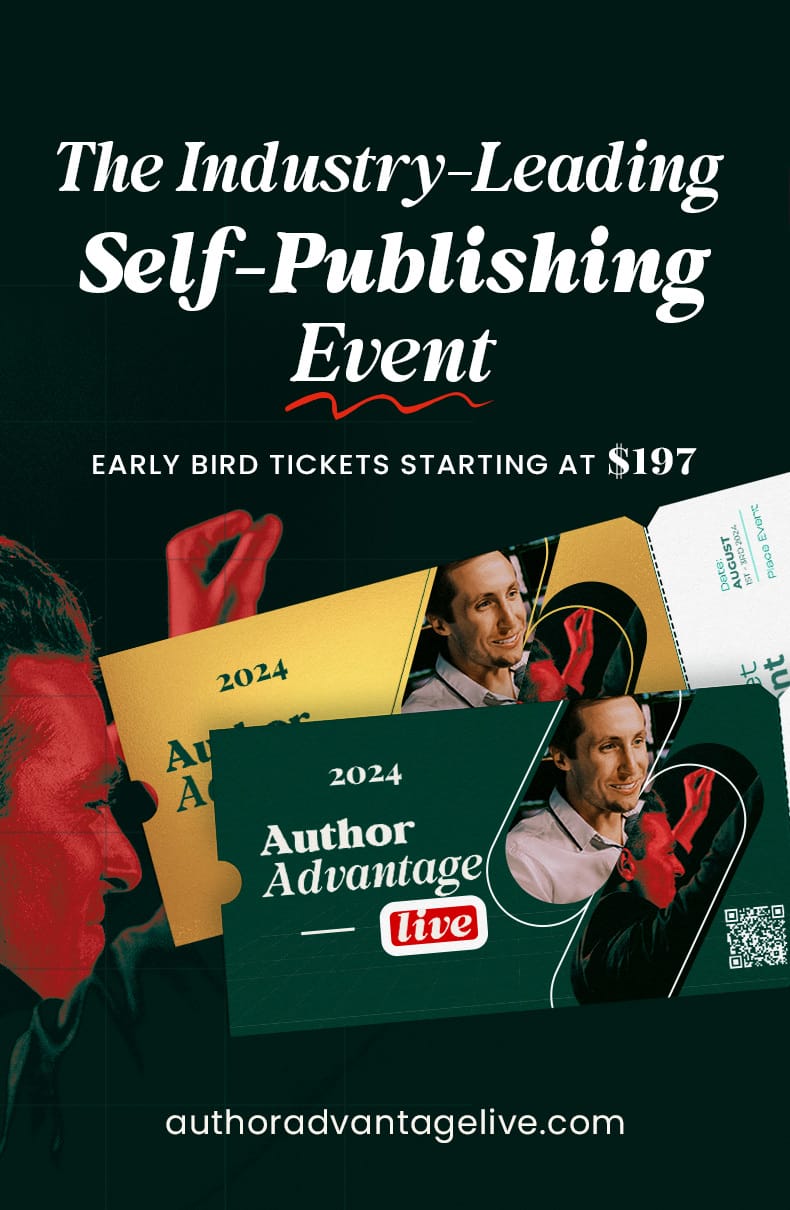What would you say is the most important element in book design?
- Text font?
- Trim size?
- Words per page?
- Page proportions?
- Gutter margins?
Each of those things is important, of course. They each have to take part for a book design to really work. But work for whom?
Experienced designers know that only one person counts when it comes to getting your book design right—the reader.
Everything in your book design should be focused on easing the communication between author and reader. No matter how beautiful you think your fonts are, or how clever your running heads, if they don’t help the reader navigate the book, don’t aid her comprehension of the author’s message, get rid of them.
“Designing is not a profession but an attitude.”
—Laszlo Moholy-Nagy, Photographer, Graphic Designer, Co-Founder, Bauhaus
Throw out the fancy rules, the titles set at artistic angles, the fonts you used to show different characters are speaking. They are all unnecessary distractions for your reader.
Remember that your reader has likely read thousands of books over a lifetime, and brings with her all the tools necessary to understand your story.
Pare the design down to essentials. If you need something fancy or dramatic, keep it on chapter opening pages where there’s room to play.
“Design should never say, ‘Look at me.’ It should always say, ‘Look at this.'”
—David Craib, Designer, Parable Communications
You’ll find that the simpler you make your interior design, the better it is at doing its job. Having achieved that level of simplicity you’ll also find lots of opportunities for sophistication in the details.
The mark of a mature designer is control of all the elements that go to make up the book page. Then the book designer can find the deft touch, the one typographic element, the spot of color, that will bring the design into balance.
“A designer knows he has achieved perfection not when there is nothing left to add, but when there is nothing left to take away.”
—Antoinè De Saint-Exupéry, author
The problem isn’t ornaments, drop shadows and emboss effects. The problem is integrating the author’s message with the physical and typographic things that communicate that message.
This is also why it’s always better for the reader if you err on the side of simplicity. Knowing how to get out of the way is one of the book designer’s best character traits. You can just go crazy with simplicity and be confident the book will still be readable.
Of course all this communication is aimed at the reader. And that’s why the most important person, the top dog, in book design, really is the reader.
Be kind to your readers, it will pay off in the end.
Photo by sabianmaggy


